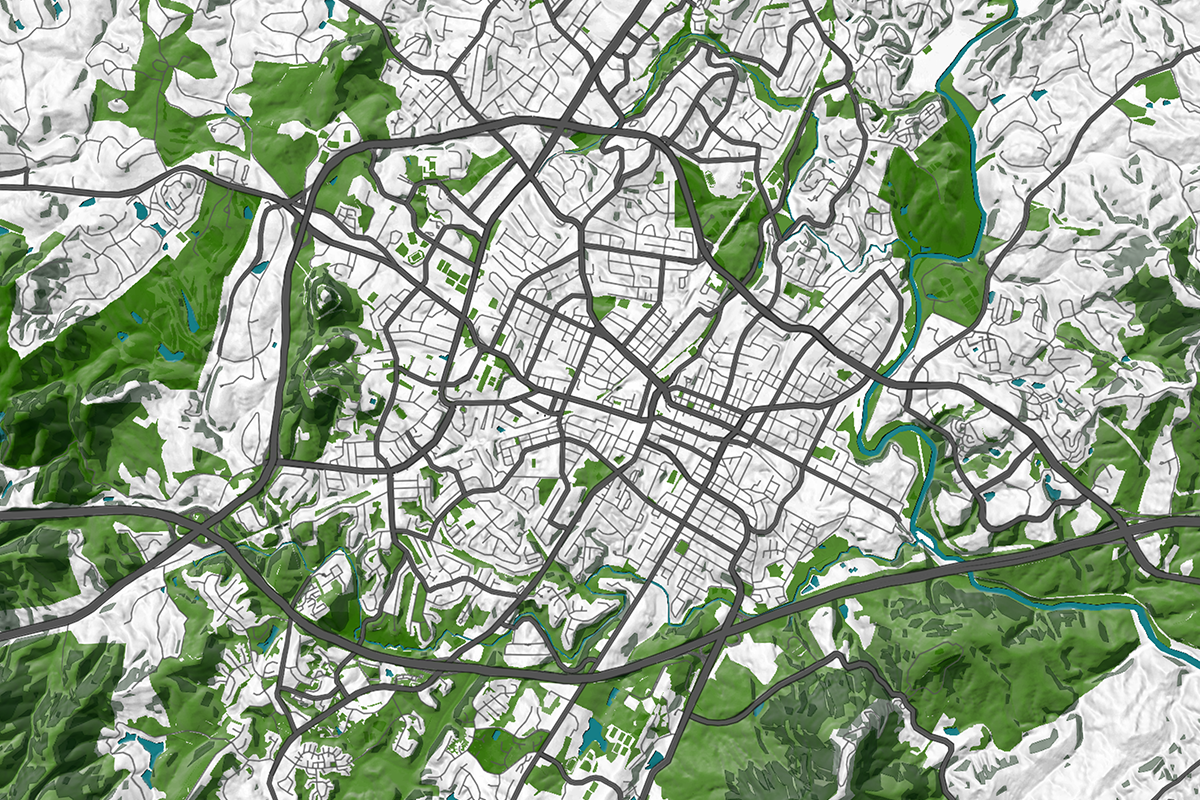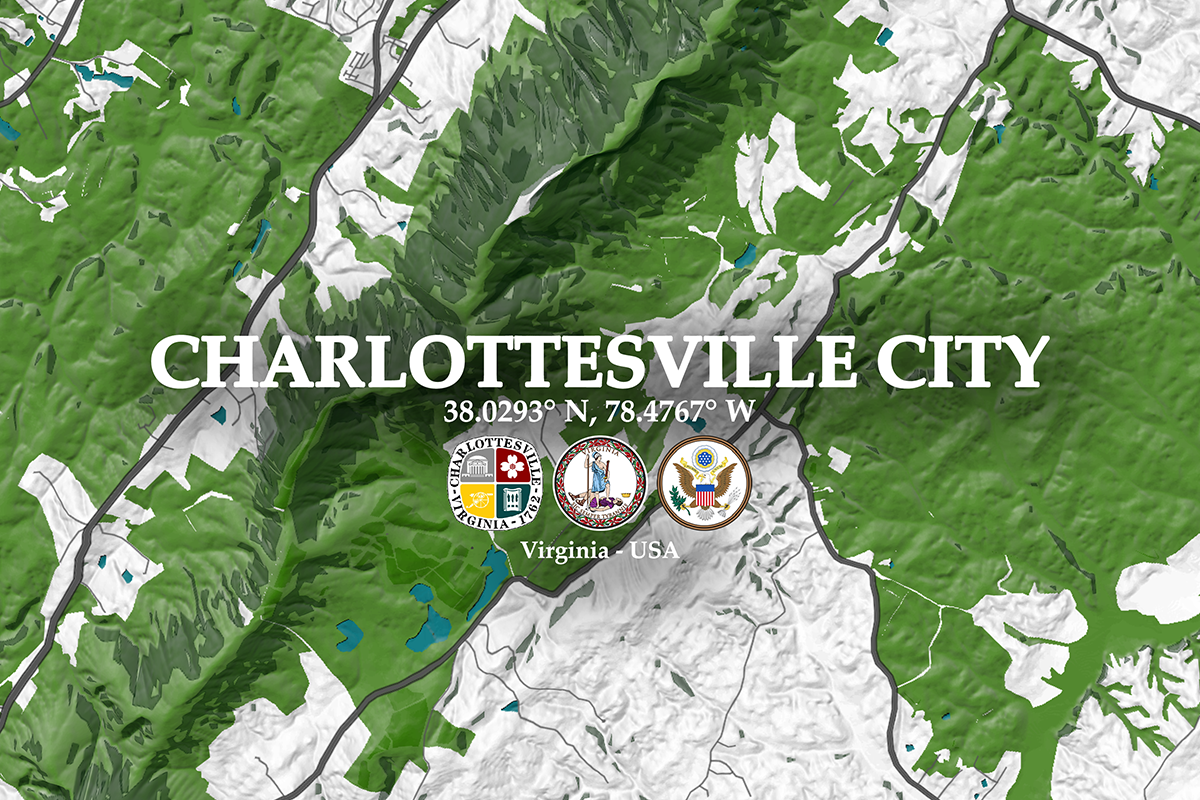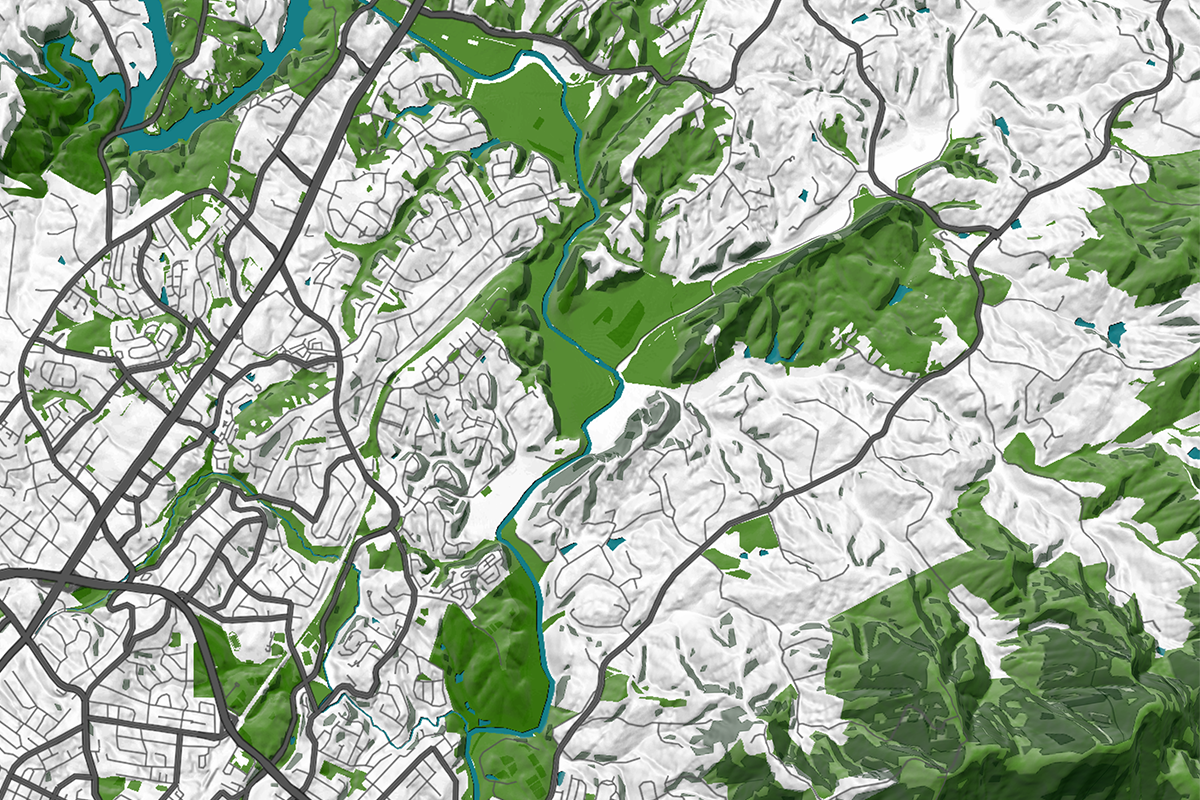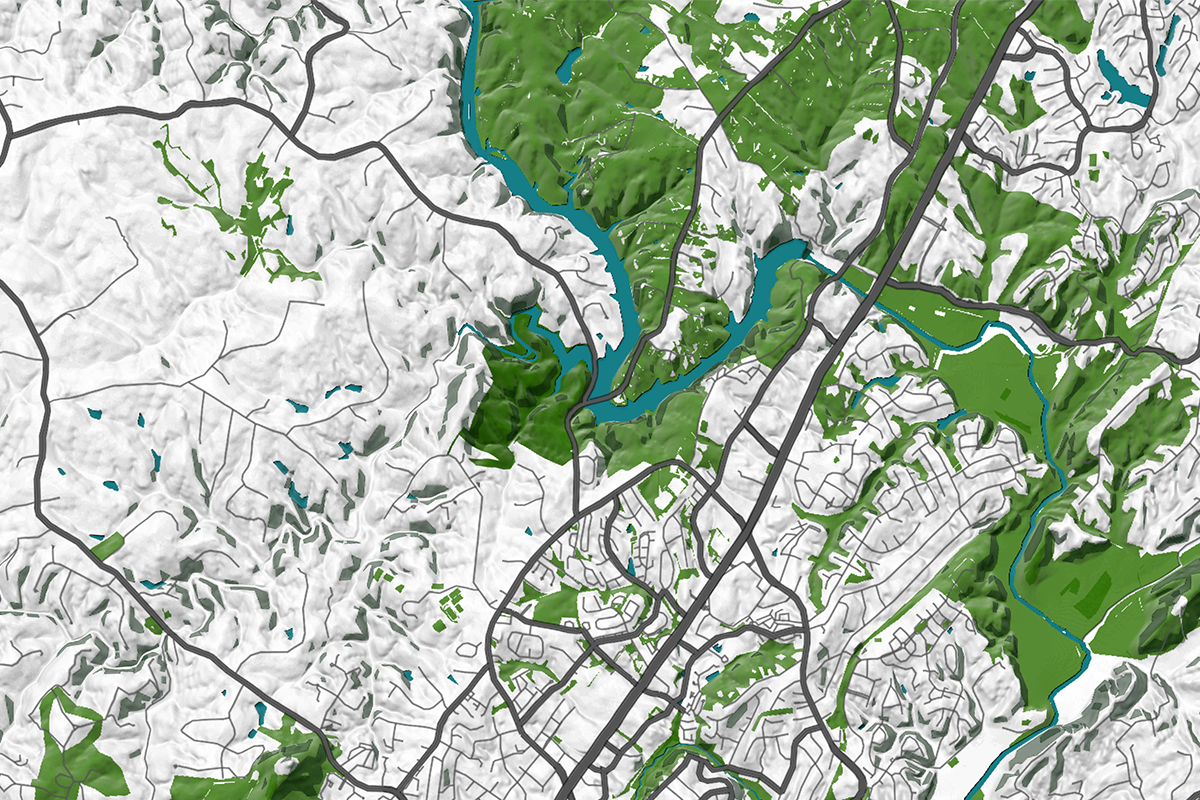Charlottesville City Map – Explore Virginia’s Cultural and Natural Heartland
Charlottesville City is a vibrant urban center known for its rich historical heritage, thriving economy, and natural beauty. Located in the central part of the state, Charlottesville is surrounded by the counties of Albemarle, Greene, and Fluvanna.
Just a short drive away from the Blue Ridge Mountains, the city enjoys a strategic position between major cities like Richmond and Washington D.C., making it a key cultural and economic hub in the region.
Charlottesville boasts an impressive array of historical sites that draw visitors from all over the country. Among the most notable are Thomas Jefferson’s Monticello, a UNESCO World Heritage site, and the University of Virginia, one of the nation’s most prestigious educational institutions, also designed by Jefferson.
The city’s history extends back to colonial times, and its well-preserved architecture and landmarks reflect its pivotal role in American history.
Economically, Charlottesville has a diverse base, with major sectors including education, healthcare, and technology. The University of Virginia is a cornerstone of the local economy, attracting research, innovation, and talent.
The city is also home to companies like WillowTree and S&P Global, providing robust employment opportunities and fostering a growing tech scene. Tourism, driven by the city’s historical attractions, also contributes significantly to the local economy.
As of the most recent census, Charlottesville has a population of approximately 46,500 residents and spans an area of 10.3 square miles.
Though compact, the city is densely populated and serves as a cultural and commercial hub for the surrounding rural areas. Its proximity to the scenic landscapes of the Blue Ridge Mountains and Shenandoah National Park makes it an attractive location for nature lovers and history enthusiasts alike.
Charlottesville’s small-town charm is complemented by a rich arts scene, excellent food, and a community deeply invested in preserving its cultural and natural resources.
From the picturesque rolling hills to the historical downtown, Charlottesville offers a unique blend of past and present that makes it a standout city in Virginia.
Exploring the Map of Charlottesville City – VA
Charting the Path:

Charlottesville City’s well-developed network of roads and highways serves as a vital link between the city and its neighboring regions. U.S. Route 29 is the main highway that runs through Charlottesville, connecting the city to Washington D.C. to the north and Lynchburg to the south. Additionally, U.S. Route 250 provides easy access to nearby cities like Staunton and Richmond, making it a key route for regional travel.
Locally, 5th Street and Emmet Street (Route 29 Business) are major thoroughfares that provide access to the University of Virginia and the downtown area, while Interstate 64 connects Charlottesville to the eastern seaboard, facilitating commerce and travel.
Peaks and Valleys:

Charlottesville is located in the Piedmont region of Virginia, characterized by rolling hills and lush valleys. The Blue Ridge Mountains, visible to the west, provide a scenic backdrop to the city and play a major role in shaping its landscape.
Carter Mountain, just south of the city, is a prominent local feature, offering panoramic views and serving as a popular spot for hiking and apple picking. The city itself sits in a gentle valley, with the Rivanna River carving its way through the landscape, contributing to the region’s fertile soils and agricultural legacy.
Green Havens:

Charlottesville enjoys a wealth of natural spaces that blend urban life with nature. Shenandoah National Park, located just a short drive to the west, offers access to the Appalachian Trail and some of Virginia’s most breathtaking views, including Skyline Drive.
Closer to home, Ivy Creek Natural Area provides a peaceful retreat with trails winding through woodlands and wetlands, showcasing the region’s diverse flora and fauna. The city’s climate is generally mild, with average summer temperatures reaching the mid-80s°F and winter temperatures averaging in the 40s°F, making outdoor activities possible year-round. The area is home to white-tailed deer, red foxes, and a variety of bird species, all thriving in the city’s green areas.
Flowing Through History:

Water plays a vital role in Charlottesville’s natural ecosystem and history. The Rivanna River, a tributary of the James River, flows through the city and provides not only scenic beauty but also recreational opportunities such as kayaking, fishing, and hiking along its banks.
The river was once a critical transportation route in the 18th and 19th centuries, playing a significant role in the city’s early economic development. Nearby, the South Fork Rivanna Reservoir serves as a key water supply for Charlottesville, while several smaller creeks, including Meadow Creek and Moore’s Creek, meander through the city, contributing to its lush environment.
Charlottesville City – VA – A Map Worth Displaying
Charlottesville City
Population: 46,500
Area: 10.3 square miles
The map of Charlottesville City isn’t just a navigational tool; it’s a piece of art that reflects the city’s blend of history, nature, and modernity. Whether displayed in a home office, living room, or classroom, this map serves as a constant reminder of Charlottesville’s rich cultural heritage and natural beauty.
Its detailed representation of the roads, topography, parks, and waterways captures the essence of the city, making it a perfect decorative piece for anyone with a connection to this vibrant community. By showcasing both its historical landmarks and natural landscapes, this map invites exploration and appreciation of everything Charlottesville has to offer.






